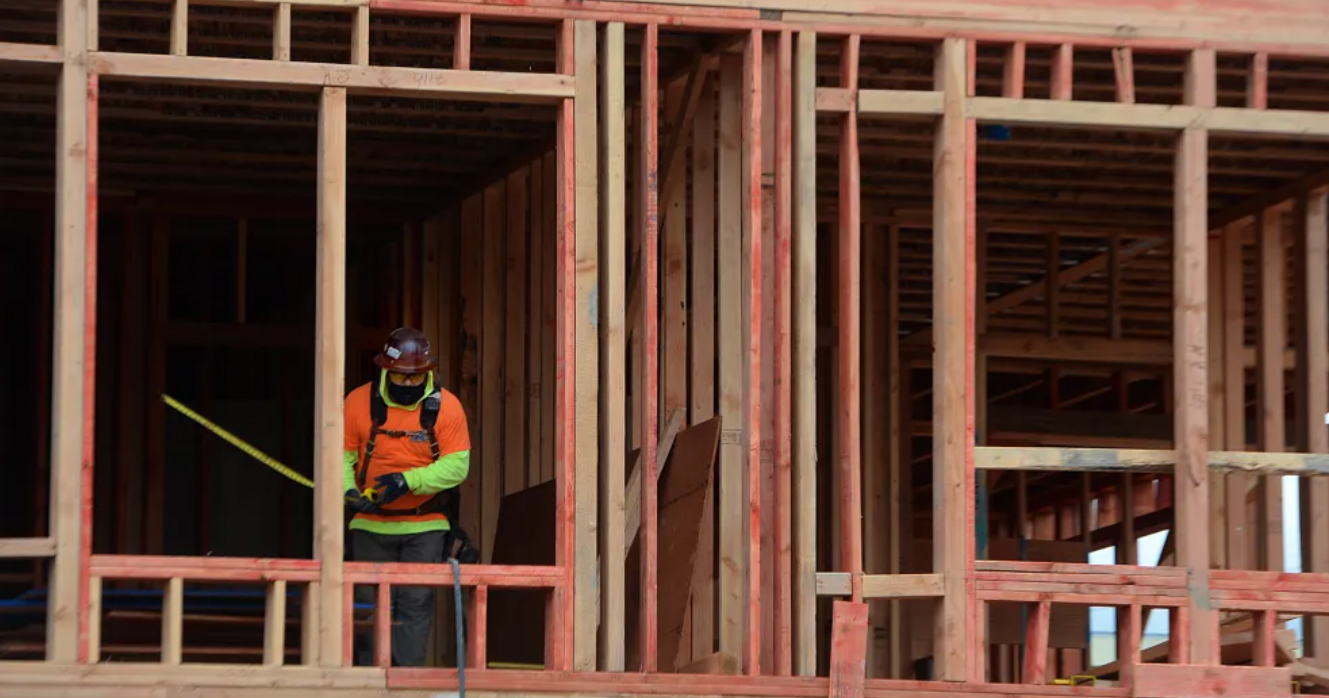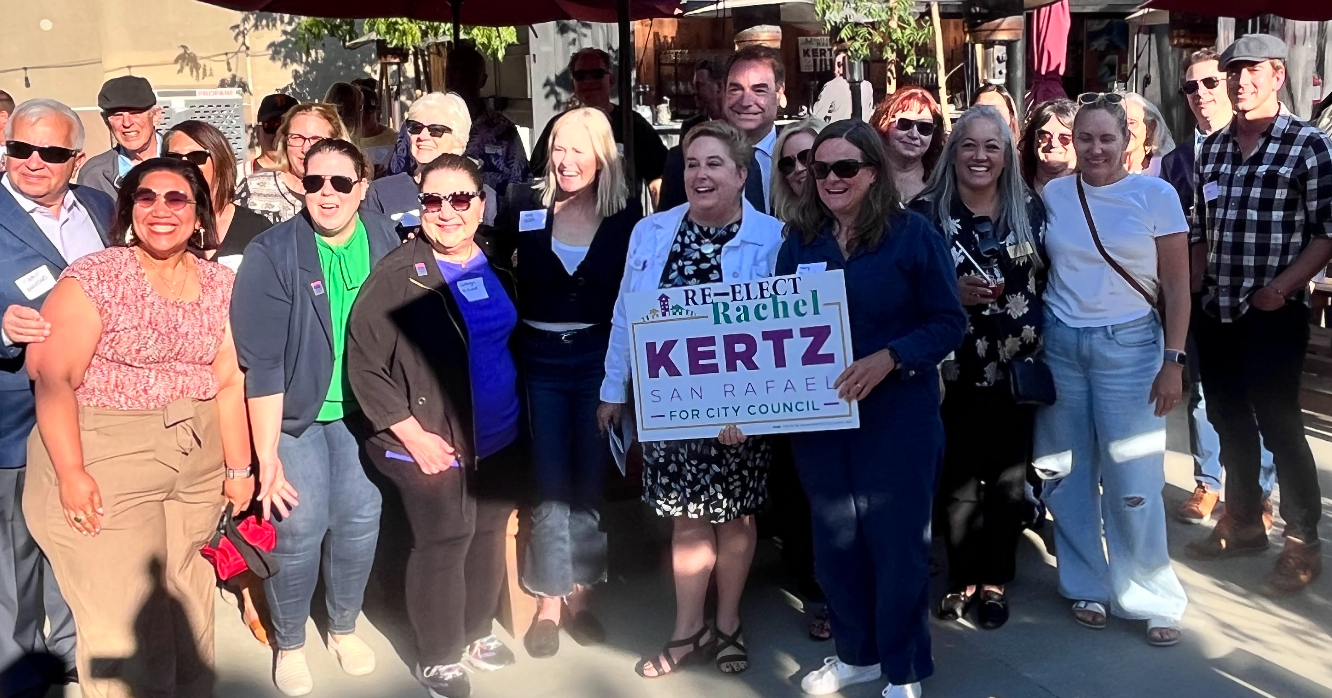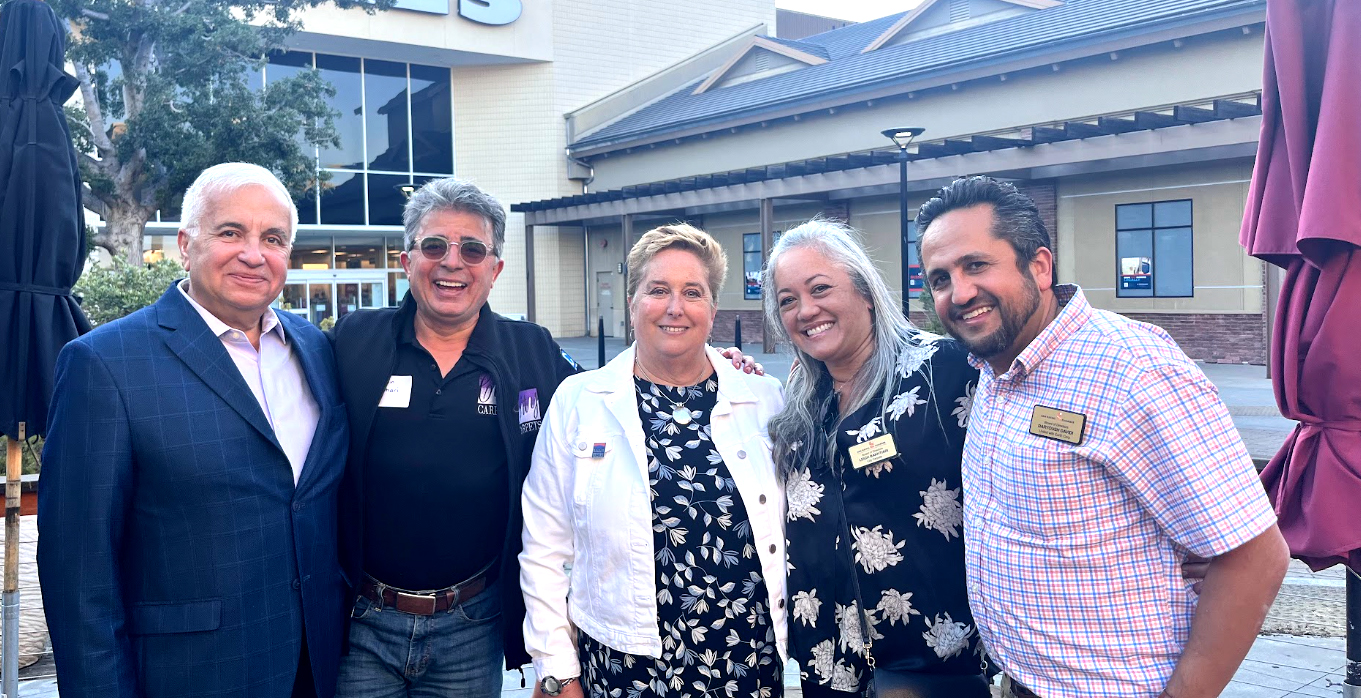Article courtesy of The Marin Independent Journal, Feb 22, 2021
In an effort to incentivize more housing construction, San Rafael officials have eased up on a rule that requires developers to reserve homes for low-income residents.
The City Council voted 4-1 on Tuesday to approve an ordinance that cuts the city’s affordable housing mandate by half.
Under the new regulation, developers are required to sell or rent 10% of the housing in new projects at below-market rates, down from 20%.
Mayor Kate Colin said by lowering the requirement, the city is expecting an increase in new affordable housing because projects will be more financially feasible for developers.
“We’re talking about a net number,” she said. “The net number is what is actually built, and 20% of not being built is zero.”
“By coming down to that 10%,” she said, “we can move the needle.”
Councilwoman Rachel Kertz cast the dissenting vote. Kertz said she’s an advocate for more affordable housing in San Rafael and she fears lowering the requirement will result in fewer new homes for low-income residents.
“I really want to be proven wrong,” Kertz said.
The ordinance provides some flexibility for housing projects with more than 15 residences. At least 5% of the residences must be sold or rented at low-income rates, but developers can then choose one of several options to satisfy the affordable requirement. Those options include offering an additional 5% of the residences at low-income rates; offering an additional 10% at moderate-income rates; creating affordable housing on a separate site within a half-mile of the project; or paying the city a fee equal to 5% of the total residences. The fees go into a city fund that helps pay for affordable housing projects.
For projects with two to 15 homes, developers must offer 10% of the residences at low-income rates.
The ordinance represents a complete overhaul of the city’s former affordable housing policy, which required that 20% of homes be sold or rented at below-market rates in developments with 21 or more residences, 15% in projects with 11 to 20 homes and 10% in projects with 10 or fewer homes.
“I cannot stress enough that the purpose and the rationale behind why the city is moving forward with these amendments is to try and create more affordable housing,” said Ethan Guy, a city analyst.
“You’re lowering the cost of construction and that would lead to an increase in the housing supply,” Guy said. “That would not only lower the overall housing costs, but it’s possible to create more net new affordable units because you have more projects that are feasible and moving forward.”
Representatives of the San Rafael Chamber of Commerce applauded the change.
“Let’s give it a try,” said Diane Henderson-Glischinski, a member of the chamber’s board. “If this doesn’t work, we can try other things. But you really need to send a strong message to your local businesses that housing is important.”
Bill Carney, president of Sustainable San Rafael, urged the council to drop the affordable requirement to 15% of residences instead of cutting it in half.
But Tom Monahan, a San Rafael real estate developer, told the council that a 15% requirement “probably will not spur the type of development activity that we want to see.”
Monahan said his company, Monahan Pacific Corp., is considering two housing projects in the city’s downtown and the affordable mandate could influence whether he will move forward with them.
“With 10% affordable they become financially viable,” he said. “At 15% they become less viable.”
The state’s Regional Housing Needs Assessment asks San Rafael to issue building permits for 1,007 new residences between 2015 and 2023, including 388 for low-income households. So far, the city has permitted 242 new residences since 2015, including 60 low-income homes.
Colin said the looser affordable housing rule could help the city meet that mandate. If San Rafael is unable to hit the state’s target, “you can bet the state is going to come down with more streamline and not let us control that process,” Colin said.
“This is the type of local control we can have,” Colin said.








